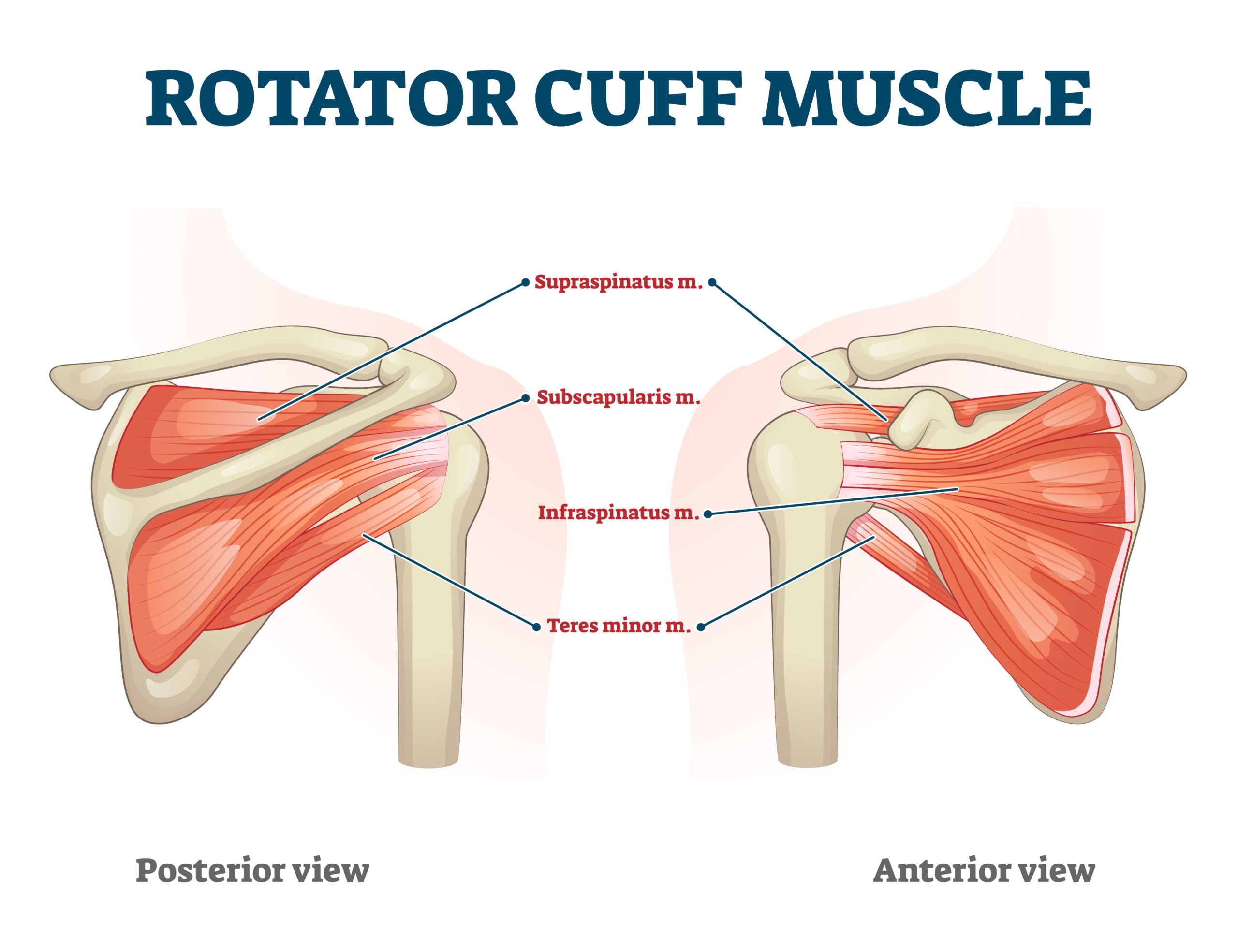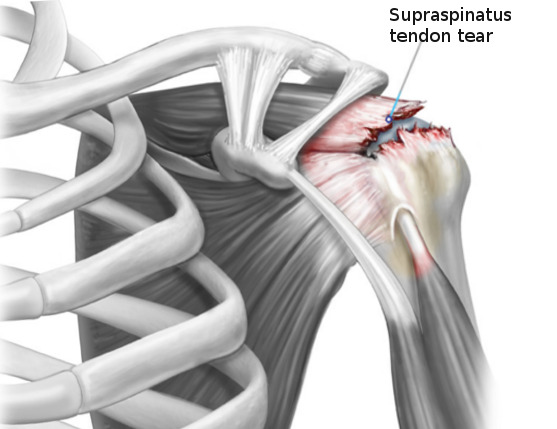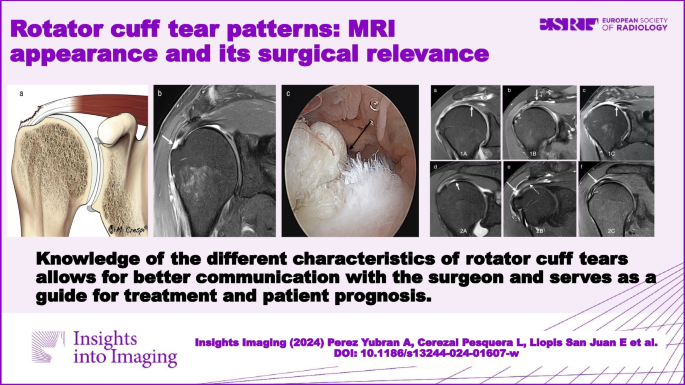- Home
- cuff tear
- Rotator cuff tear patterns: MRI appearance and its surgical relevance, Insights into Imaging
Rotator cuff tear patterns: MRI appearance and its surgical relevance, Insights into Imaging
4.6 (757) · $ 34.00 · In stock
A new perspective on rotator cuff anatomy has allowed a better understanding of the patterns of the different rotator cuff tears. It is essential for radiologists to be aware of these different patterns of tears and to understand how they might influence treatment and surgical approach. Our objective is to review the arthroscopy correlated magnetic resonance imaging appearance of the different types of rotator cuff tears based on current anatomical concepts.Critical relevance statement Knowledge of the characteristics of rotator cuff tears improves our communication with the surgeon and can also make it easier for the radiologist to prepare a report that guides therapeutic conduct and serves as a prognosis for the patient.Key points• There is no universally accepted classification for RC tears.• New patterns such as delamination or myotendinous junction tears have been defined.• The most difficult feature to assess in full thickness tears on MRI is the pattern.• Fatty infiltration of the RC tendons is crucial in the prognosis and outcome.• The radiological report is an effective way of communication with the surgeon. Graphical Abstract

Rotator cuff repair: Tear classification, operative techniques, and outcomes
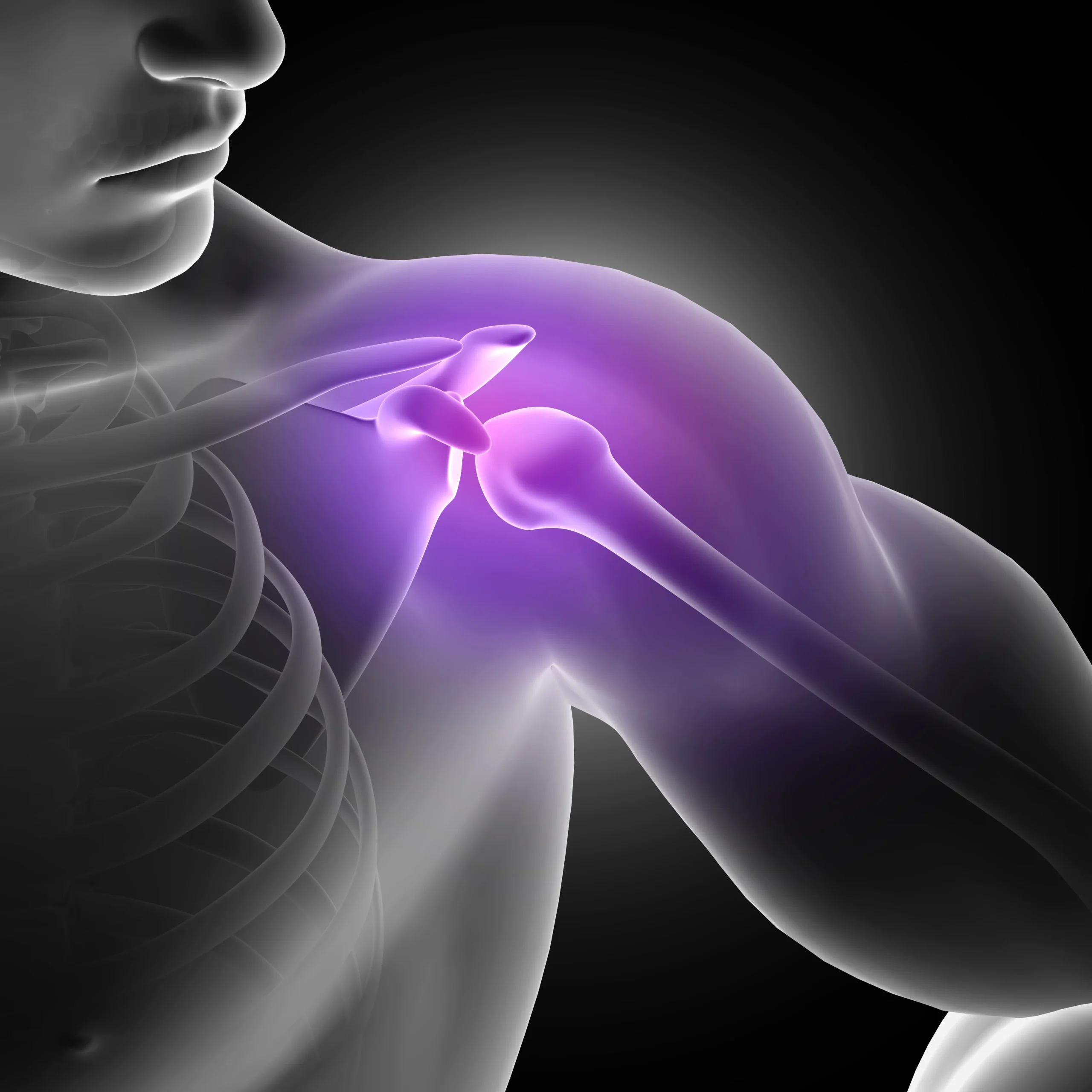
The Healing Power Within: Navigating a Torn Rotator Cuff's Recovery Without Surgery - MVM Health - Pain, Vein & Wellness

Rotator cable and rotator interval: anatomy, biomechanics and
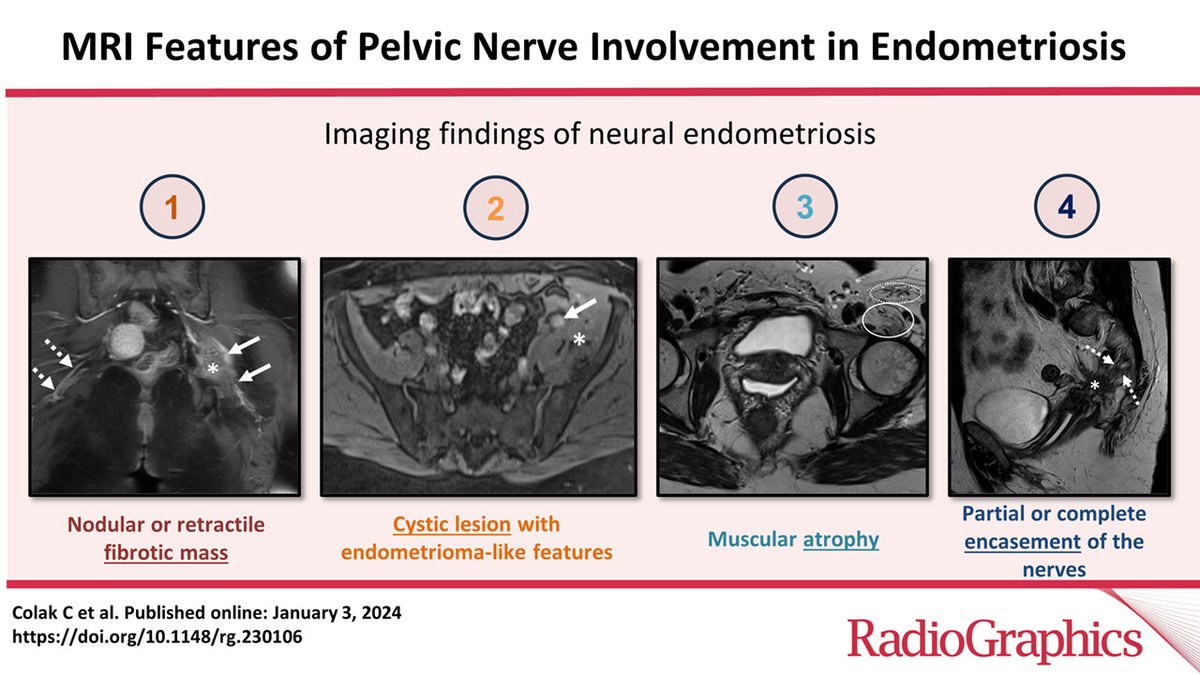
د عبدالرحمن عبده خواجي (@abu_khawaji) / X

Rotator cuff tear patterns: MRI appearance and its surgical relevance, Insights into Imaging
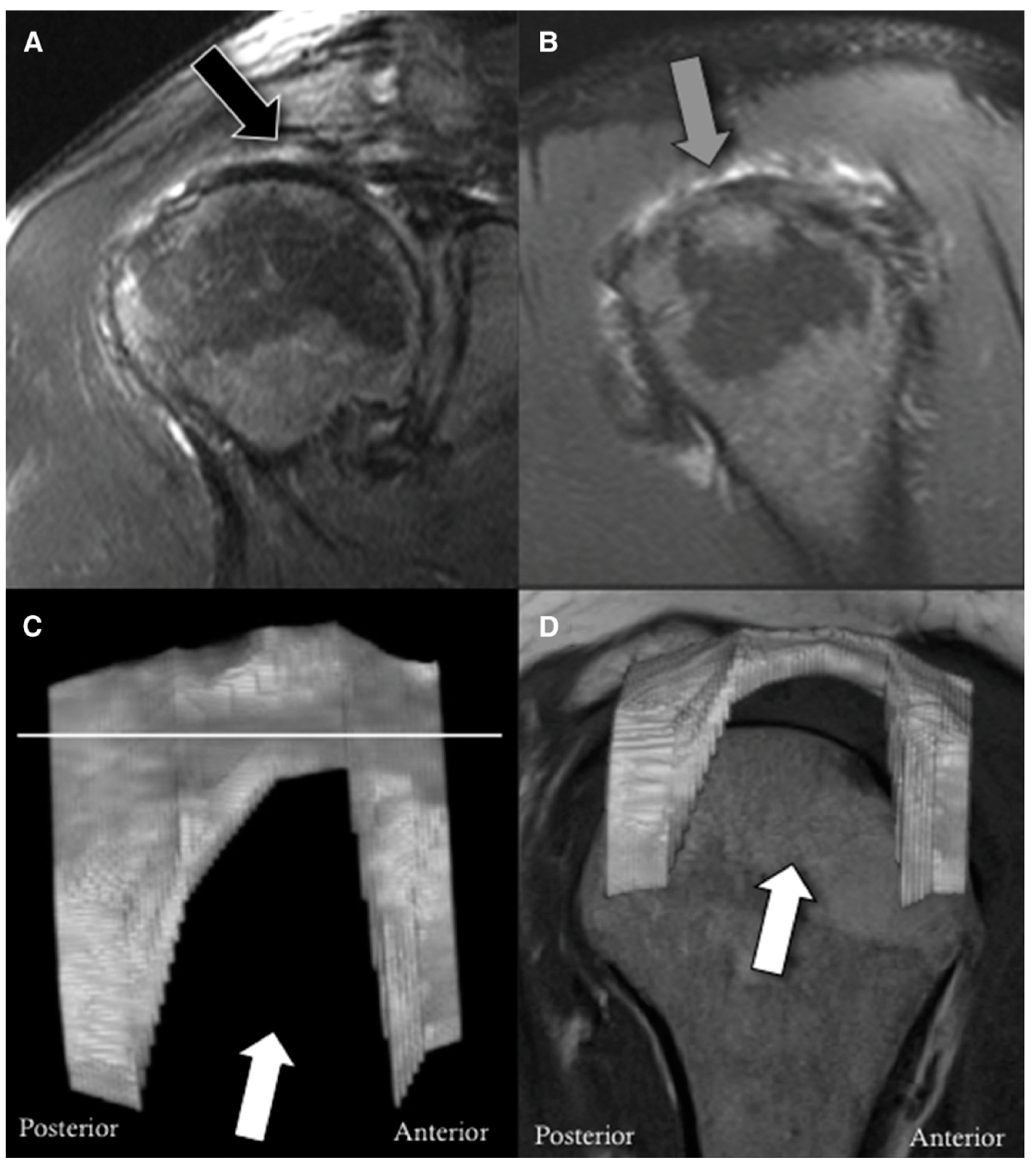
JCM, Free Full-Text

Diagnostic accuracy of magnetic resonance imaging for partial tears of the long head of the biceps tendon in patients with rotator cuff tears - JSES International
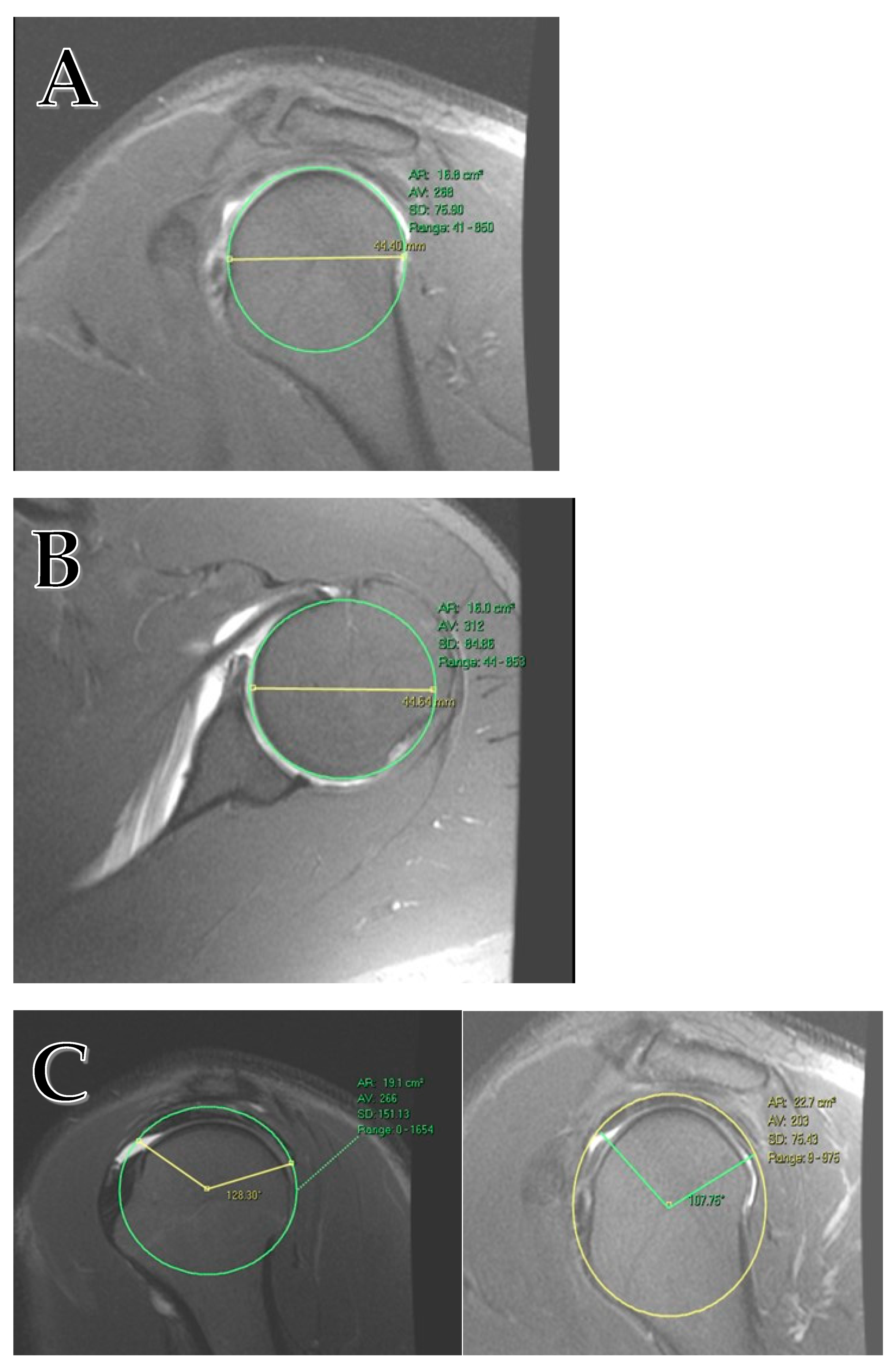
JCM, Free Full-Text

Partial Rotator Cuff Tears: Diagnosis and Treatment

CIOS :: Clinics in Orthopedic Surgery

Ultrasound Imaging (@mbecciomd) / X

Rotator cuff tear patterns: MRI appearance and its surgical relevance, Insights into Imaging
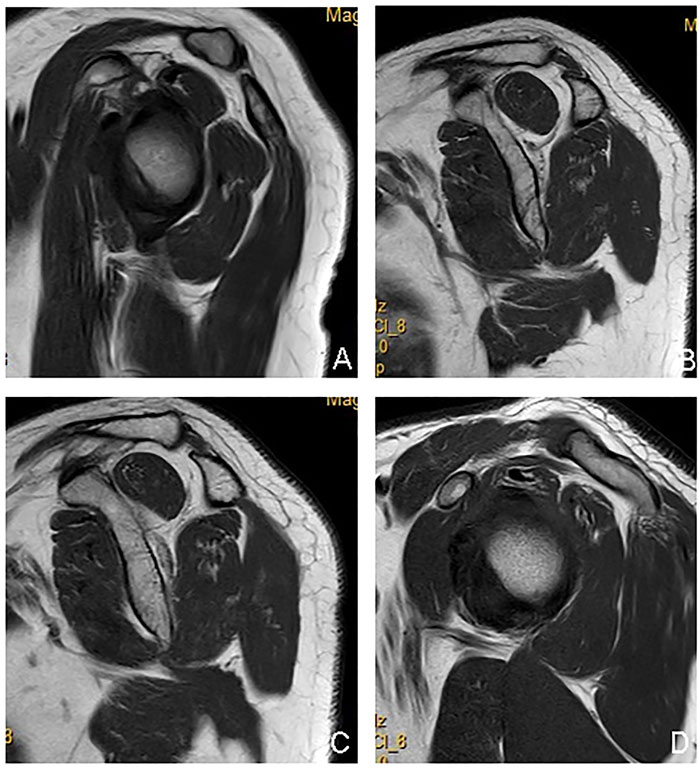
Frontiers The correlation between types of posterior upper rotator cuff tears and intramuscular fat infiltration based on magnetic resonance imaging: A retrospective observational study



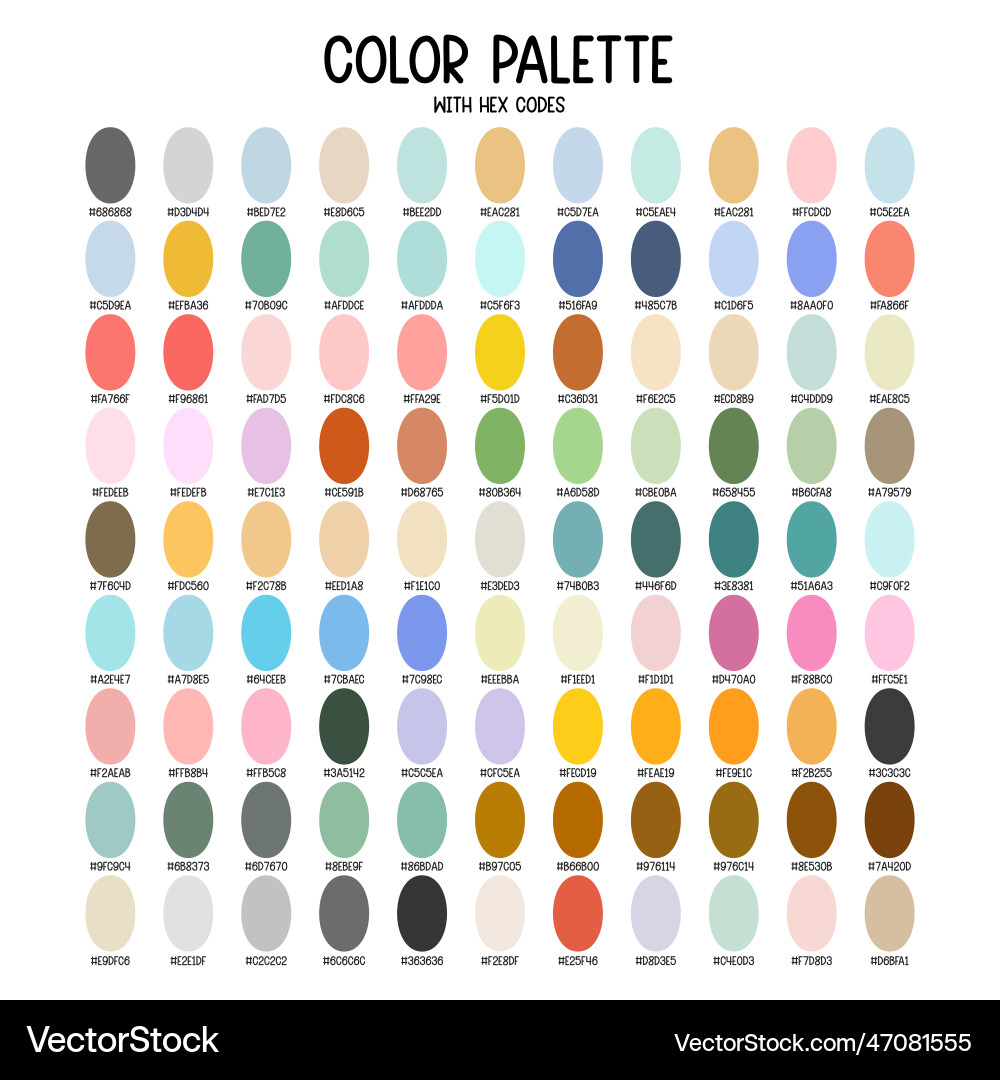
)

